Trying to grow Australian Pines
rhinchee
16 years ago
Related Stories

HOUZZ TOURSMy Houzz: An Australian Home Appeals to 3 Generations
Two separate ecofriendly dwellings on an Adelaide property mean family is never far away
Full Story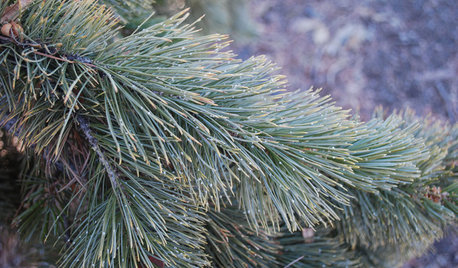
GARDENING GUIDESGreat Design Plant: Rocky Mountain Bristlecone Pine
Try this drought-tolerant small evergreen for its sculptural beauty and slow-growing nature
Full Story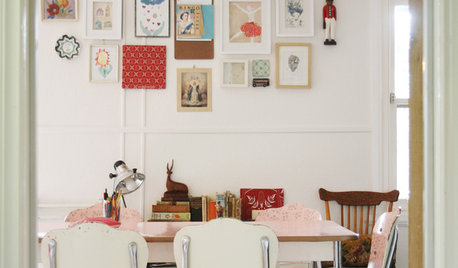
HOUZZ TOURSHouzz Tour: An Australian Cottage with a Vintage Twist
A Melbourne Blogger Outfits Her New Home in Quirky Second-Hand Finds
Full Story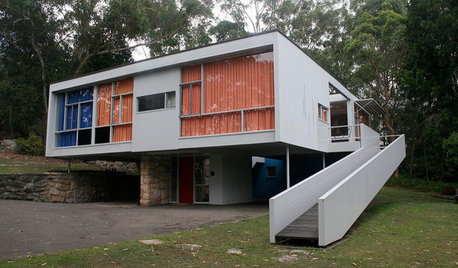
MIDCENTURY STYLE6 Inspiring Midcentury Australian Homes
Avant-garde homes of the '50s helped fuel decades of Australian innovation
Full Story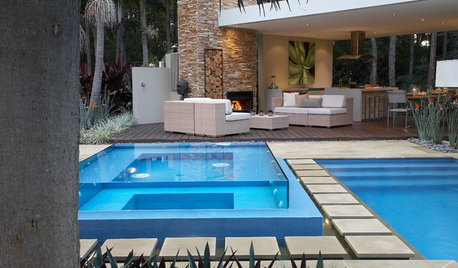
GARDENING AND LANDSCAPINGDouble Take: Is This an Ice Block in an Australian Backyard?
Or maybe it's a magical dais or a crystal sculpture. Take a guess, then see if you got it right
Full Story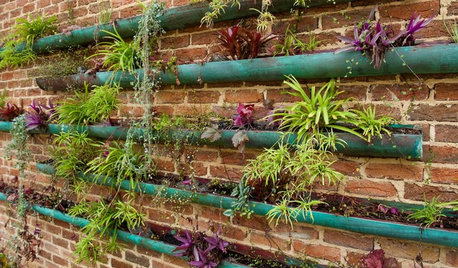
GARDENING AND LANDSCAPINGAustralian Vertical Gardens Create an Artful Outdoor Retreat
Inventive hanging planters transform a rough backyard into a living sanctuary
Full Story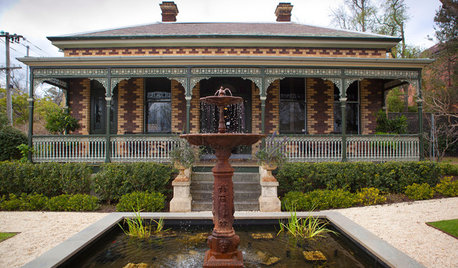
ARCHITECTURERoots of Style: The Historic Australian Brick House
With their mix of old-world charm and modern extensions, Australia’s brick villas and bungalows remain well designed for today’s lifestyles
Full Story
HOUZZ TOURSMy Houzz: An Australian Beach Home to Satisfy Wanderlust
A jewelry designer creates her own bohemian paradise for work and play
Full Story
SUMMER GARDENINGHow to Grow Basil
Bright color, quick growth and endless uses for cooking make this summer annual a winner in the garden or a pot
Full Story
GARDENING GUIDESGreat Design Plant: Grow Blueberries for Their Fruit and More
Eastern gardeners should consider growing blueberry plants for their delicious fruits, bee-friendly spring blooms and brilliant fall foliage
Full Story





coyle
alligatorob
Related Professionals
Allentown Landscape Architects & Landscape Designers · Baltimore Landscape Architects & Landscape Designers · Cottonwood Landscape Architects & Landscape Designers · Paradise Landscape Architects & Landscape Designers · Pelham Landscape Contractors · Allentown Landscape Contractors · Bristol Landscape Contractors · Duarte Landscape Contractors · Lewisville Landscape Contractors · Medford Landscape Contractors · Pompano Beach Landscape Contractors · South Lyon Landscape Contractors · Glenn Heights Swimming Pool Builders · Lake Forest Swimming Pool Builders · Summerlin South Swimming Pool BuildersVictoria Anthony
tsmith2579
mistiaggie
felipo
doc2379
Irma_StPete
andrew101
User
ricjo22
alligatorob
dfullercps_gmail_com
alligatorob
tortugas_83_yahoo_com